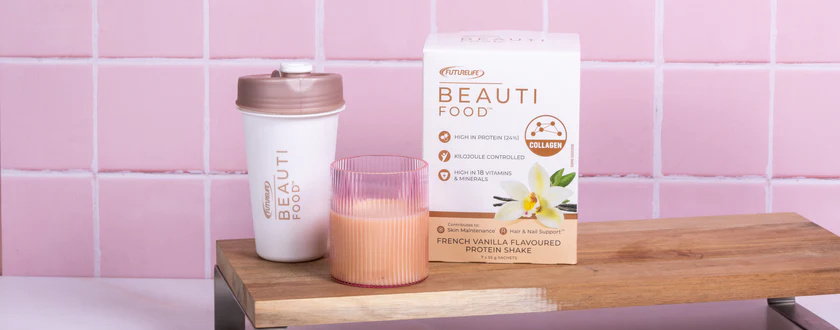





GLYCAEMIC INDEX (GI)
Carbohydrates/starches are digested and absorbed, providing glucose to our blood that is necessary for cell function. The GI of a carbohydrate containing food is a measure of how quickly carbohydrates are absorbed and released into the blood stream and the effect that these carbohydrates have on blood glucose levels. A carbohydrate with a high GI is digested and absorbed rapidly, leading to a quick and high spike in blood glucose levels. A carbohydrate with a low GI is digested and absorbed over an extended period of time leading to a gradual and slight increase in blood glucose levels. This means that low GI carbohydrates provide sustained energy for an extended period.
There is a place and time for both high and low GI carbohydrates.
In general, a low GI diet provides us with sustained energy and is therefore the preferred carbohydrate choice for every day, long lasting
energy. High GI food on the other hand is preferred just before or during exercise, when a quick burst of energy is required.
Types of carbohydrates and GI
Whole grain carbohydrates are higher in fibre and naturally contain vitamins and minerals as well as some protein. Carbohydrates that are high in fibre (such as whole grains) are not only good for digestive health, but have a lower GI compared to refined carbohydrates. All these properties of whole grains make them the preferred carbohydrate choice for sustained energy.
Protein and GI
Since protein does not contain any carbohydrates, it does not contribute glucose to the blood stream. When protein is consumed as part of a carbohydrate containing meal, protein can lower the GI of the meal, leading to more steady blood glucose levels after a meal. Protein also keeps you fuller for longer which stops us from unnecessary snacking and therefore promotes weight loss.







































































